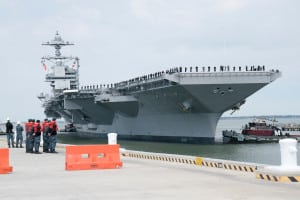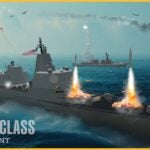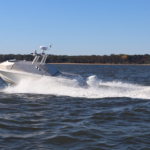
President Donald Trump in a recent interview with Time magazine said the Navy should jettison the electromagnetic aircraft launchers on its new carriers in favor of outdated steam-powered catapults.In the interview published Thursday, Trump recalls visiting the USS Gerald Ford – the Navy’s newest aircraft carrier and the first of an all-new class of ship – and being introduced to its electromagnetic aircraft launching system, or EMALS. In his telling to Time, Trump both disparages the technology as “no good” and…

 By
By 











